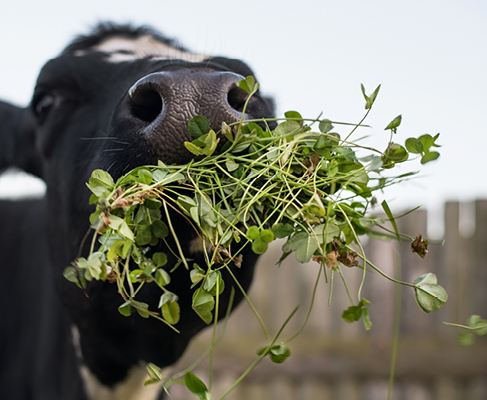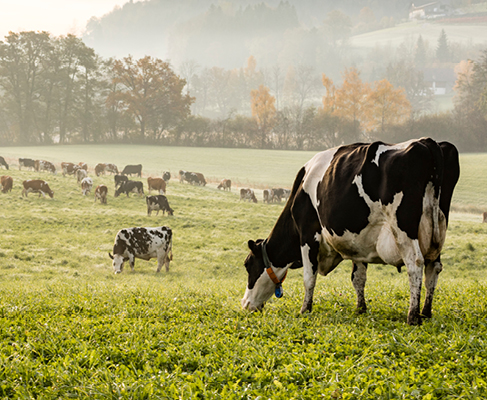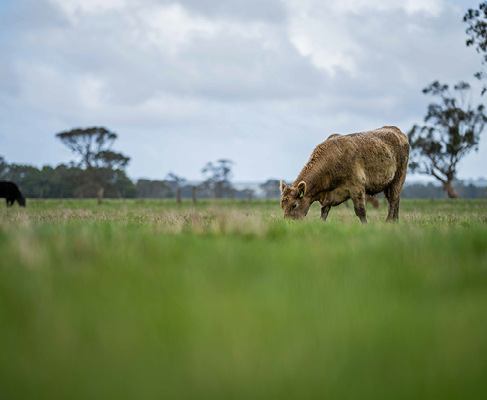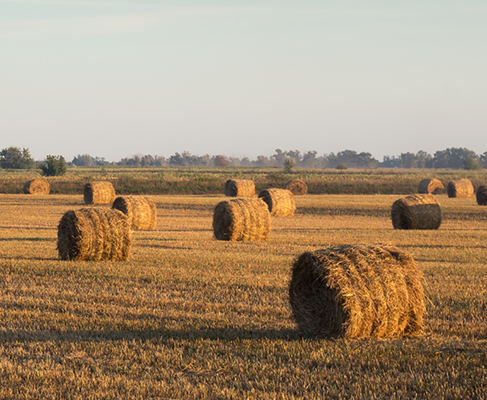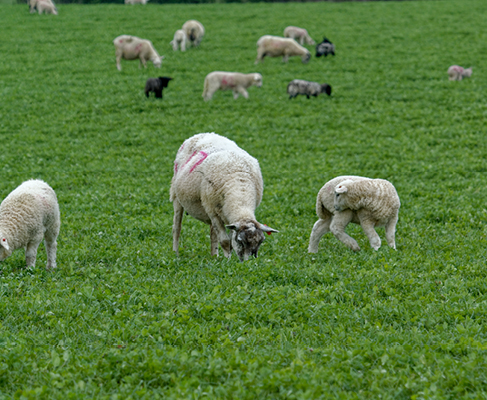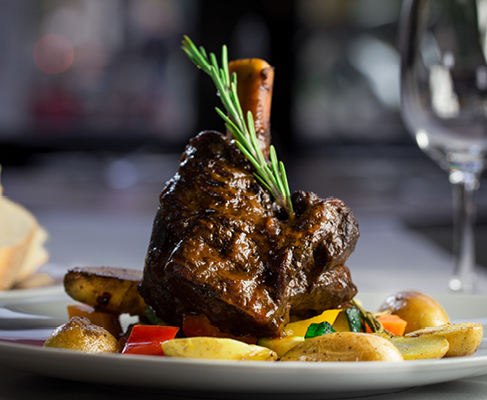Tammin
Tammin is a more persistent and resilient early flowering subterraneum clover(ssp. subterraneum).
HIGH HARD SEED LEVELS
Tammin was developed for cropping rotations in low-medium rainfall (300-450 mm annual average rainfall) areas with the novel traits of RLEM cotyledon resistance and much higher hardseededness than other cultivars. Tammin also has a much slower breakdown of hard seed in the autumn making it able to handle false breaks. It will still have 15% hard seed after 3 years, improving its ability to recover in short cropping phase rotations.
Features
- Early flowering
- High hard seed levels
- Delayed hard seed breakdown
- Redlegged earthmite resistance
Benefits
- High forage yields in lower rainfall environments
- Provides quick feed in autumn and winter
- Provides quick feed in autumn and winter
- Provides quick feed in autumn and winter
- Will maintain better persistence and yield over time
- Less seed lost due to out of season rainfall
- Some seed will survive after 3 year cropping phase
Sowing Rates
